How to plant flowers with coal slag?
Using coal slag to plant flowers is a good idea and choice. In fact, there are many household wastes that can be used in our lives; such as rice washing water, tea leaves, melon seed shells, leftovers, etc. are all fertilizers and substrates for growing flowers. And coal slag is one of them, because there are many trace elements (minerals, silicon, aluminum) in coal slag, which can timely supplement the nutrients needed by flower plants during the growth process . At the same time, it is porous, loose and breathable, so using coal slag to grow flowers will not accumulate water.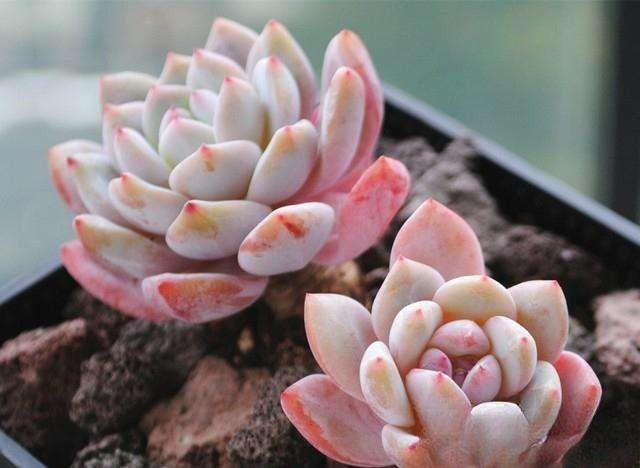
The coal slag mentioned here is actually the honeycomb coal slag that we often use in our lives. However, this kind of honeycomb coal slag cannot be used directly, because the burned coal slag is too alkaline, which is extremely detrimental to the growth of potted flowers that prefer acidic and neutral soils . In addition, if it is used directly as fertilizer, it is easy to cause the leaves of flower plants to fall off, and in severe cases, it will directly lead to the death of the entire plant. So how to use coal slag to plant flowers? What are the precautions in the process of planting flowers? Is coal slag planting suitable for all potted flowers?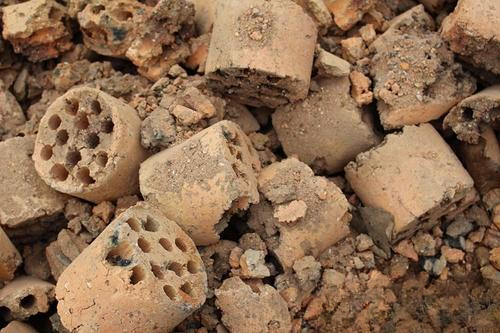
1. Tips for using cinder to plant flowers:
1. Before using coal slag for flower cultivation, you must soak it in advance. We can prepare an abandoned pot or bucket first, clean one side of the pot or bucket, then put a few coal slags in it, add a certain amount of water, preferably covering the coal slag balls. Then soak for 3-5 days.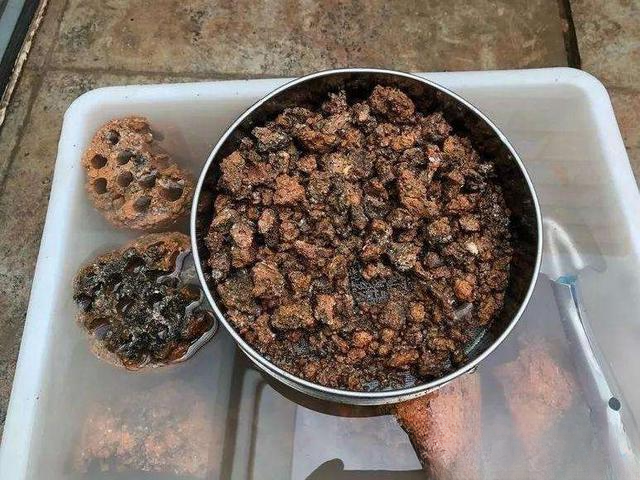
2. Let the soaked coal slag dry until it is half dry. Take the soaked coal slag balls out of the basin or bucket and place them in a well-ventilated and well-lit place to dry (about 2-3 hours).
3. After drying, use a wooden stick to break the cinder balls. During the breaking process, make sure that the particles of the broken slag are uniform. They should not be too large or too small (in powder form). The particle size should be controlled at 2-3 mm.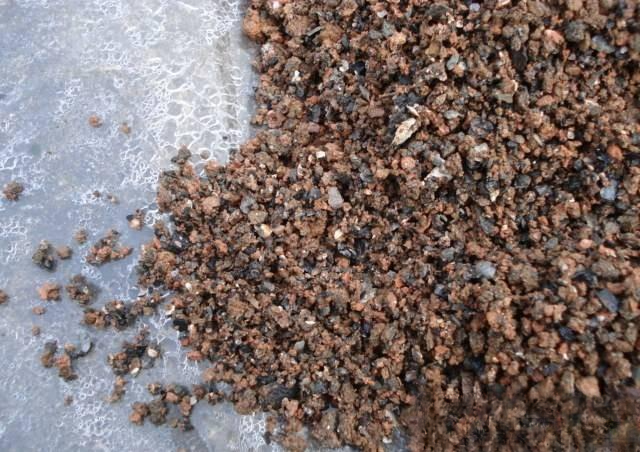
4. Rinse and filter the crushed coal slag 2-3 times with water through a sieve. The particles left by the sieve are relatively uniform, and the plants take root during the growth process.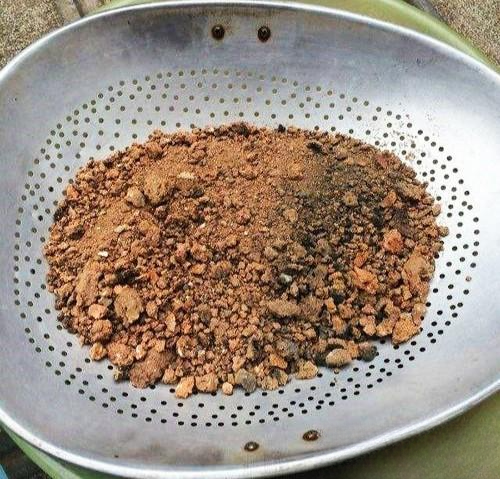
2. Precautions during cinder flower planting:
1. Before using coal slag, we need to carefully select it, and pick out the coal slag containing black particles one by one , because these black ones are not completely burned, contain harmful substances and are not easily integrated by the roots of plants.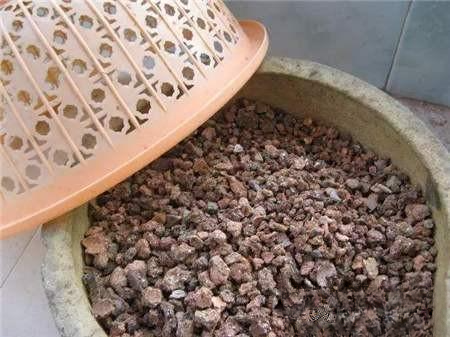
2. Coal slag that has not been soaked in water and rinsed must never be used to grow flowers, because it can easily cause yellow leaves, and in severe cases even root rot.
3. Coal ash cannot be used as fertilizer for planting flowers. It can only be mixed with fertilizer to continuously replenish the nutrients needed for potted flowers, because the coal ash itself does not contain many trace elements.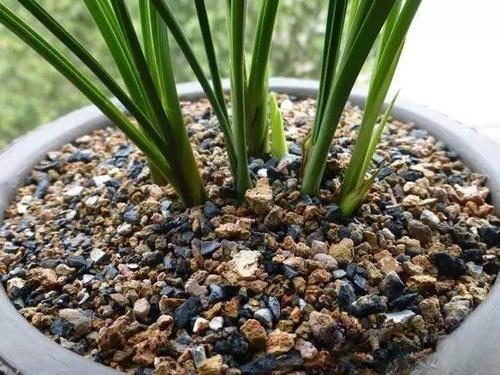
3. Suitable flowers for growing flowers with coal slag:
Considering that coal slag is generally used when mixing soil, it can only be used as a cultivation medium. Because it has the function of air permeability and water absorption, it is very good for growing plants such as succulents and cacti. However, the amount of coal slag used should not be too much, but it can still be mixed with a proper amount of coal slag in the root area.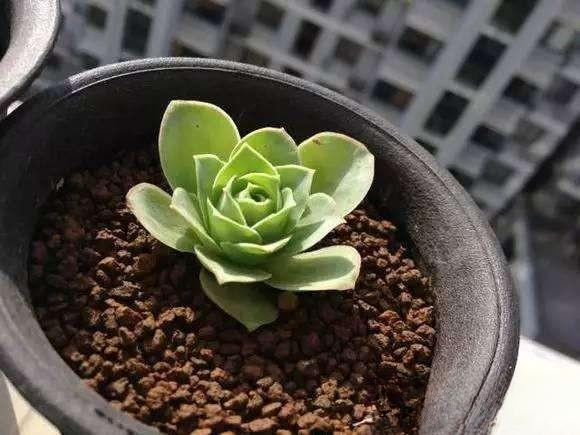
Although sterilized coal slag has large gaps, fewer bacteria, and can be quickly absorbed by plants after being crushed , when growing flowers we must determine whether to use it alone or in a mixture as a cultivation medium based on the growth characteristics of the flower pots and their different growth stages.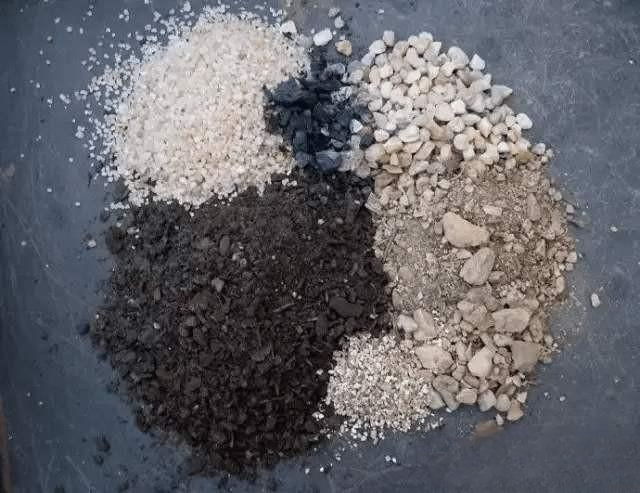
Summary: Although coal slag is good for growing flowers, the amount used should not be too much and it cannot replace fertilizer. Before use, it must be disinfected, then soaked and rinsed repeatedly, and mashed evenly before use. When using it, the amount, method and method of use must be determined according to the growth habits of different flowers.
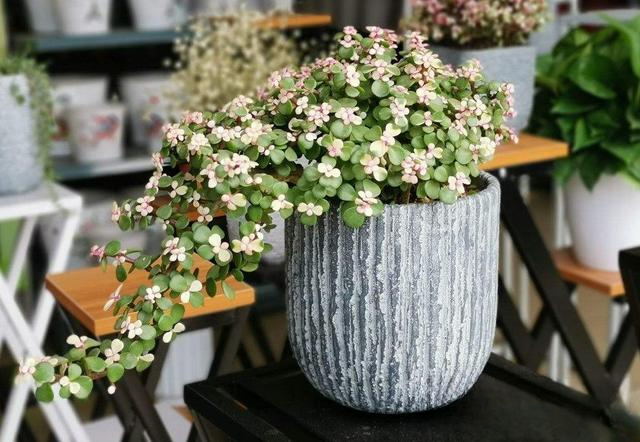
The above are some suggestions and opinions from me, a landscape engineer at Greentown Garden. I hope it will be helpful to you. If you find it useful, please like it and follow me to get more knowledge about flower cultivation.
report
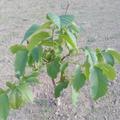 Chat with Huajun Life Field Creators 02-25 08:59 focus on
Chat with Huajun Life Field Creators 02-25 08:59 focus onTo prepare flower soil with coal slag, the coal slag must be processed first. There are both advantages and disadvantages to preparing flower soil with coal slag.
First, the benefits of mixing coal slag with soil.
First of all, coal slag has good air permeability and drainage. When used to prepare soil for growing flowers, plant roots can breathe freely and excessive water accumulation can be prevented from causing root rot.
Secondly, after being calcined at high temperature, the coal slag is free of pathogens. The powder and small particles can be crushed and screened out and can be mixed with soil for seedling cultivation. The large particles can be used as the bottom of flower pots or as paving stones.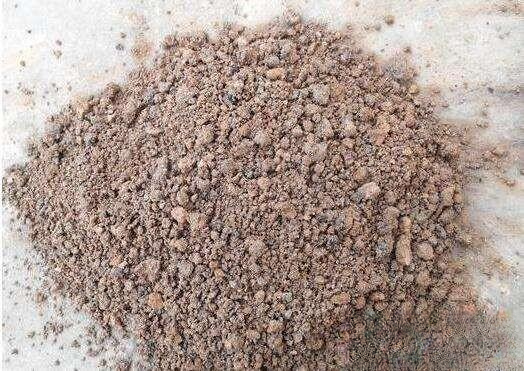
Second, the treatment of coal slag.
The coal slag after burning is alkaline and cannot be used directly as flower soil. It needs to be placed outdoors or soaked in water for a few days, then dried to half dry, crushed and screened, and different coarse and fine particles can be used.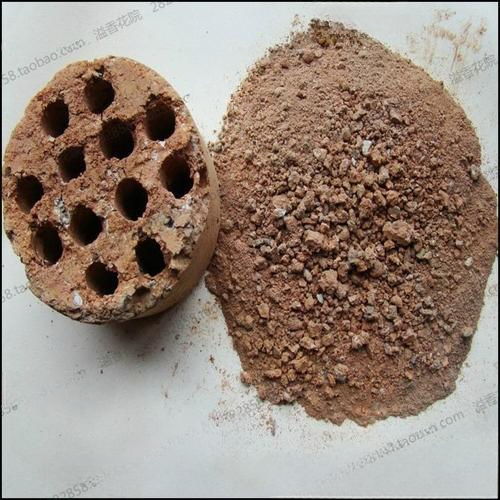
Third, prepare the flower soil.
Cinders are mainly used to grow succulents, tiger tail orchids, aloe vera, etc. They can also be used as a substrate for cuttings or seedlings. Their main function is to increase soil permeability and drainage, rather than increase fertilizer efficiency. If you grow succulents, flowers such as tiger tail orchids and aloe vera, you can mix them with peat. If you plant other green plants, you can mix them with nutrient soil or garden soil. Cinders contain a variety of trace elements such as iron oxide and magnesium oxide, phosphorus and potassium, but they have no nutrients, so they must be mixed with other soils to play their role, and the amount added cannot exceed one-third of the entire prepared soil.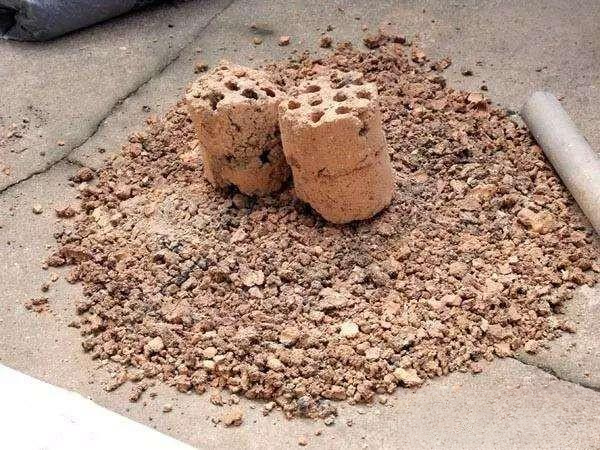
Fourth, precautions.
Coal slag is weakly alkaline. Do not use coal slag to cultivate acid-loving plants and flowers. For example, common gardenias, jasmines, azaleas, camellias, etc. These types of flowers have high requirements for soil acidity and alkalinity. If you only use alkaline soil prepared with coal slag, flower buds will fall off, leaves will turn yellow, and roots will grow poorly.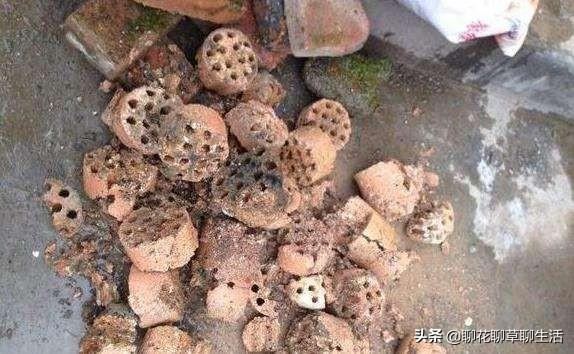
These are some aspects that you should pay attention to when preparing flower soil with coal slag. Please refer to them. I hope my answer can help you. You are welcome to leave a message in the comment area for discussion. Let’s learn about flower cultivation together, work together and make progress together!
report
 Lanxiangge Home Furnishing Q&A Expert 03-04 22:14 focus on
Lanxiangge Home Furnishing Q&A Expert 03-04 22:14 focus onWhen growing orchids with coal slag, please remember these three words: grind, soak, and mix.
I am Lanxiangge, an orchid gardening enthusiast!
Cinders are common items in daily life, and they are also the materials that orchid lovers prefer to grow orchids. Their natural advantages are good drainage and honeycomb shape that is conducive to the breathing of orchid roots. However, before using cinders, there are three important steps that are essential. Only after these three things are done can they be used to grow orchids. If you want to know what the three steps are, please follow Lanxiang Pavilion and read on:
1. De-edgeing: The shape of coal slag is irregular, and it even has many sharp edges. If you use it to plant orchids directly, it is very easy to scratch the orchid roots, so it is necessary to de-edge it.
Method: A simple method is to shake the coal slag in a metal container to make them collide with each other to eliminate sharp edges, then use a sieve to remove the powder for later use; if conditions permit, use a machine to thoroughly grind the coal slag into a round shape, which has excellent results.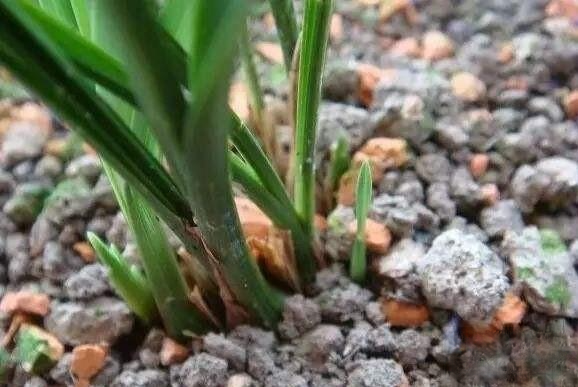
2. De-alkali treatment: Coal slag itself is an alkaline material, which is not conducive to the growth of orchid bacteria. Therefore, the coal slag must be de-alkali treated, which can also be called degassing treatment.
Method: Rinse the coal slag with plenty of water, soak it in clean water, and pour an appropriate amount of white vinegar into the clean water. After about 24 hours, take it out and dry it for later use.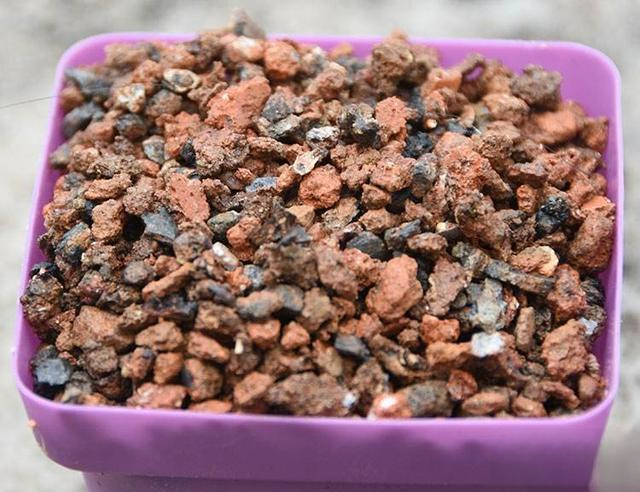
3. Reasonable proportion of planting materials: The nutrient content of coal slag is low, so it needs to be combined with other organic planting materials to grow orchids. Commonly used organic planting materials include pine scales, willow bark, coconut shells, and snake wood. Generally, organic planting materials and inorganic planting materials can be matched in a 1:1 ratio. The planting materials prepared in this way take into account both nutrition and air permeability, and are very good orchid planting materials.
report
 Raise flowers Shandong Taijia Biotechnology Co., Ltd. Horticulturist High-quality creator in the field of agriculture, rural areas and farmers 12-08 23:43 focus on
Raise flowers Shandong Taijia Biotechnology Co., Ltd. Horticulturist High-quality creator in the field of agriculture, rural areas and farmers 12-08 23:43 focus onWhen we grow flowers at home, we plant them in pots, especially when they are grown indoors with poor ventilation, problems often arise. Many flower lovers choose to grow them in granular soil, which we can find everywhere at home. Coal slag is a very good choice, such as the common honeycomb coal, which is a very good medium for mixing soil for growing flowers. Generally, the desert rose, cactus, and the like that we buy from the south are all grown in coal slag. Xiao Qi also uses coal slag to grow cacti and the like in the flower shed. He will mix some of it in every time he plants flowers, and they will grow very well.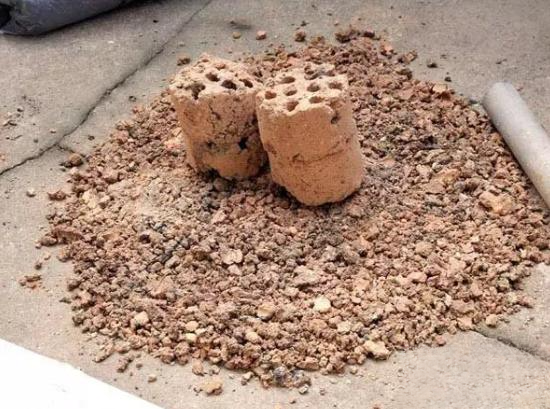
It is best to choose honeycomb coal slag, because it is burned more thoroughly, and there is no hard stubble, no sharpness or thorns, so it is not easy to scratch the root system. If we use the kind of coal slag for charcoal burning, try to pick out the hard ones with thorns. Before using the coal slag, first of all, you must completely crush the honeycomb coal, then find a large container, put the honeycomb coal in it, and soak it in water for about two days. During this period, you need to change the water 2 to 3 times to remove the fire and alkalinity in the coal slag.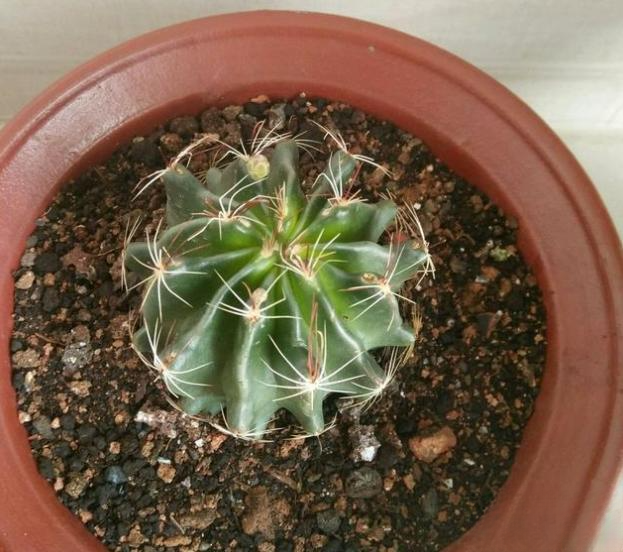
After soaking, remove the water and dry it. After drying, we need to sieve it. The purpose of sieving is to screen out large particles, retain small particles, and remove powder. In this way, according to the size of the particles, those around 3 to 6 mm can be used for soil mixing, and the fine powder can be thrown away directly. Particles below three millimeters can be used for paving or cultivating seedlings. We can use those large particles as bottom stones for the bottom of the pot, which is very good for making a water filter layer.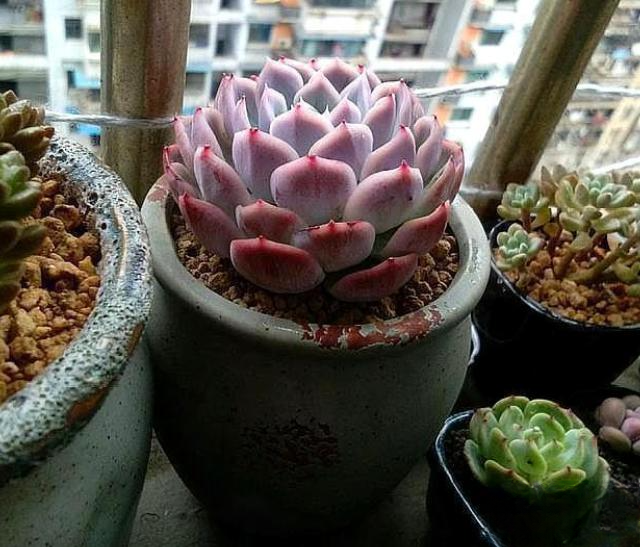
After the coal slag is processed, it is very breathable when growing flowers due to its porosity and can absorb water. The roots of plants will attach to it and grow very well. However, if we are growing flowers, try not to use coal slag directly, because coal slag does not contain any nutrients. Try to mix it into the soil according to the proportion. For example, if we use coal slag to grow cactus, the coal slag should account for 50% to 70% to increase the air permeability of the soil. The other part can be made of nutritious soil, which can ensure that the soil is nutritious, breathable, water-permeable and contains nutrients.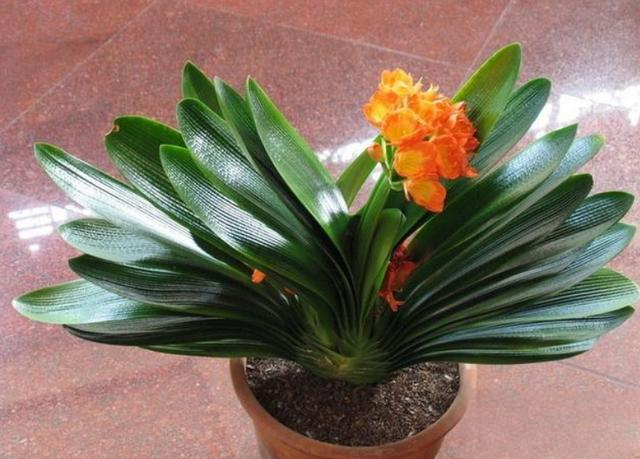
This is the best medium for growing flowers. As long as we handle it properly before use, any flower will grow well and the roots will not rot.
report
 Plant insects Headline Qingyun Award Winner Agronomist High-quality Horticulture Creator 12-08 20:05 focus on
Plant insects Headline Qingyun Award Winner Agronomist High-quality Horticulture Creator 12-08 20:05 focus onThank you Wukong for the invitation. I am a plant insect. Follow me to get a free plant doctor. Netizens asked, how to plant flowers with coal slag?
Key point: Can coal slag be used to grow flowers? Of course it can, and it is a very good medium for growing flowers, because it has very good water permeability. Of course, coal slag is mostly used as a water permeable medium for growing flowers, because it basically has no nutrition. When using it, it should be mixed with other mediums to achieve the effect of both water permeability and nutrition. 
Coal slag is widely used for growing flowers when the root system is fleshy, and the effect is very good. It is common to use coal slag to grow orchids, and it is also common to use coal slag to grow succulents. The main reason is that it is very strong in root. After the roots are strong, you only need to water the nutrient solution in the later maintenance. It is easy to maintain the succulents and orchids. Of course, other green plants can also be maintained in this way. 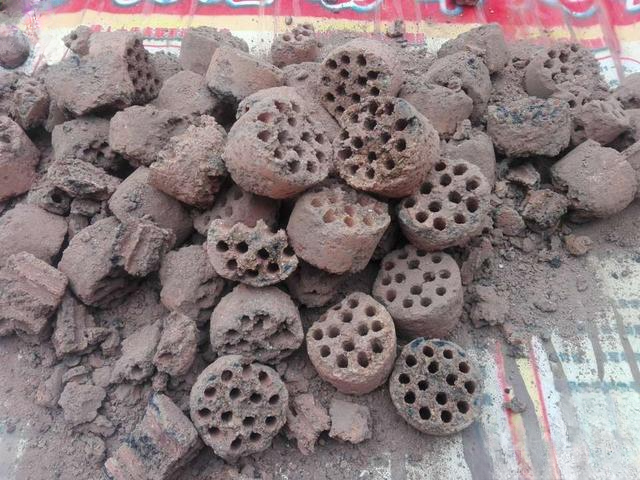
Since coal slag has many benefits, how should we use coal slag? You should know that coal slag that has just been burned cannot be used directly to grow flowers, because the fire is too strong and the seedlings will be injured by heavy fire. Therefore, you must do a fire removal process before use, and then screen the particles after the fire removal process, and choose the appropriate particles to grow flowers.
1. Reduce internal heat
So how do you remove the fire from coal slag? If it is the coal slag left over from burning coal, you can directly soak the coal slag in water, generally soak it for more than one night before using it, and it can remove the fire after soaking. If it is honeycomb briquettes, we soak the burned briquettes in water, then break them up, soak them for one night, and then filter the particles for use. 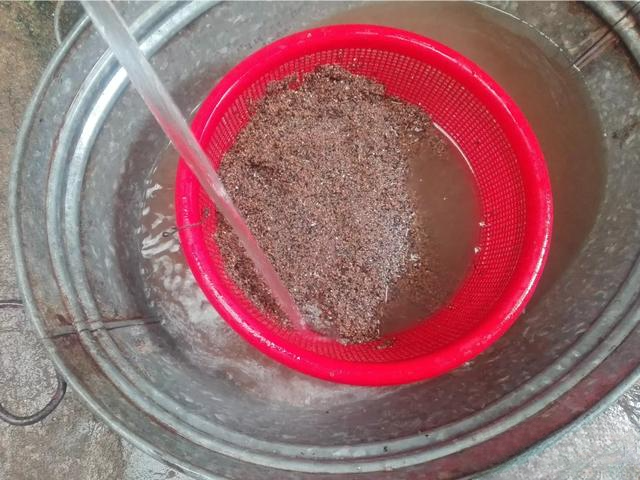
2. Mixed use
Coal slag is generally used to grow succulent plants. It is not recommended to use coal slag alone to maintain other green potted plants. Although it has good water permeability, it will not grow well due to lack of nutrition. Therefore, it is recommended to mix it with other planting materials, such as leaf mold, pine needle soil, garden soil, etc., to ensure water permeability while also ensuring the effect of taking nutrition into account. 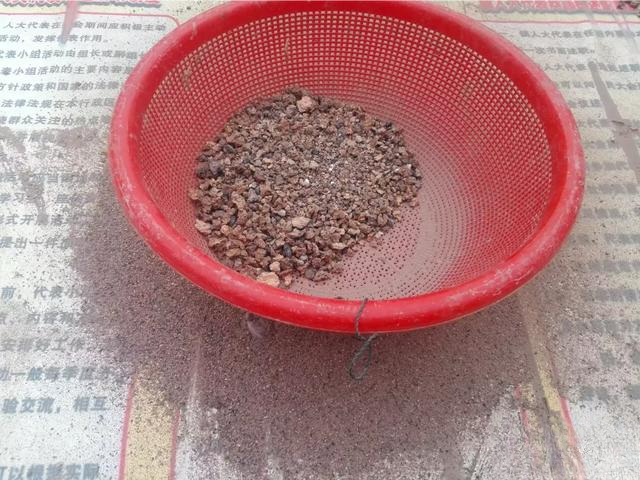
What do you think?
I am a plant insectologist and agronomist, welcome to follow me.
report
 Early Autumn Snow , Rural Q&A Expert, Rural Creator 01-24 05:33 focus on
Early Autumn Snow , Rural Q&A Expert, Rural Creator 01-24 05:33 focus onHow to plant flowers with coal slag? Let's speak with facts, use practical experience to help you grow flowers at home, and play with flowers with you. With the improvement of people's quality of life and aesthetic concepts, flower cultivation has become a very fashionable and beneficial activity and pastime in people's lives. In the operation process of flower cultivation, nutrient soil is indispensable. The most easily available thing around us is ordinary garden soil, and there are also many other auxiliary materials for flower cultivation that are easy to get. Such as: coconut bran, sawdust, humus soil, coal slag, dead branches and leaves, river sand, etc. Among them, coal slag is widely used in flower cultivation, especially in the process of cultivating succulent flowers. So, how should coal slag be used reasonably in the process of flower cultivation? 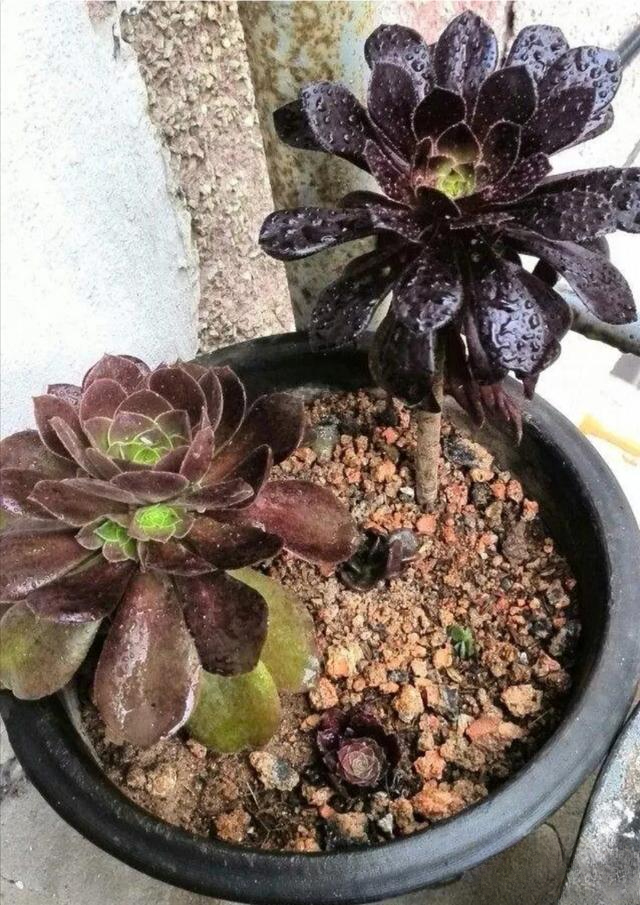
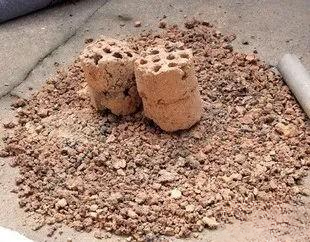
Although coal slag is a good material for growing flowers and grass, with the reform of environmental protection, the coal briquette stoves used for cooking in life and coal facilities in various catering industries are becoming less and less, and coal briquette slag has become a "rare thing". Only a few areas are still using this kind of coal briquettes to cook or bake food. It is believed that other fuels will soon replace it. Although coal slag is good for growing flowers, it is too hot and cannot be used directly. When we get these coal slag, the first thing is to pile it up or put it in a container, pour water on it to soak it and remove the heat. Then spread the soaked coal slag on the flat cement floor, break it and dry it, and finally screen it into 2 to 4 particle levels of large, medium and small. 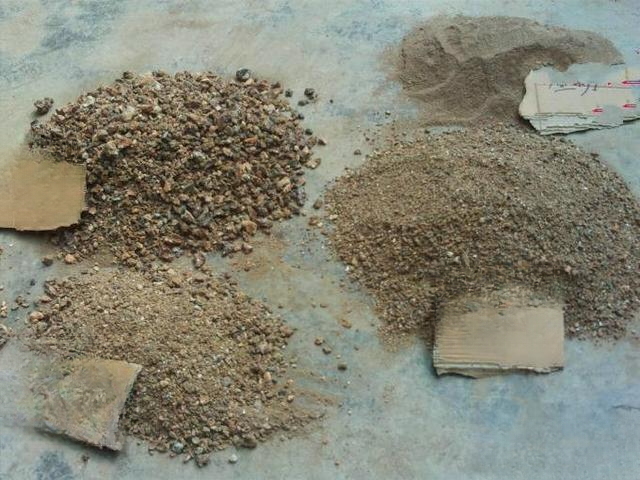
When using these screened coal slag, particles of about 1 cm can be used to pave the water filter layer at the bottom of the pot. Fine powder can be used as a matching material for nutrient soil. Medium-sized particles can be used with nutrient soil or for paving flower pots. Coal slag particles and powder have strong water absorption and drainage capabilities, and good air permeability. It is especially suitable for succulent flowers that are very drought-resistant and afraid of moisture. But what we should pay attention to during use is that during the combustion of coal balls, the organic components in them have been burned out, leaving only inorganic substances with little nutrients. Therefore, we should not use too much proportion in the matching of nutrient soil, and the organic components in each flower pot should be kept at least half.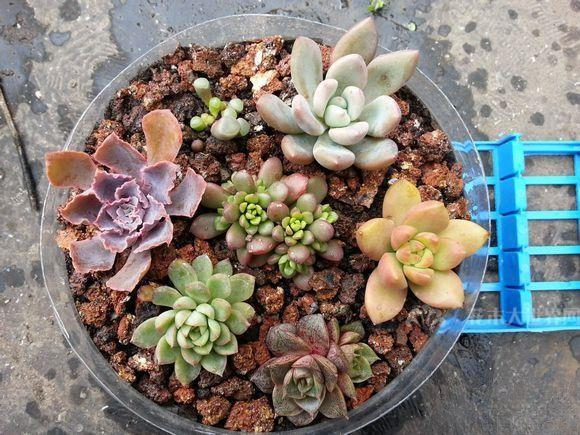
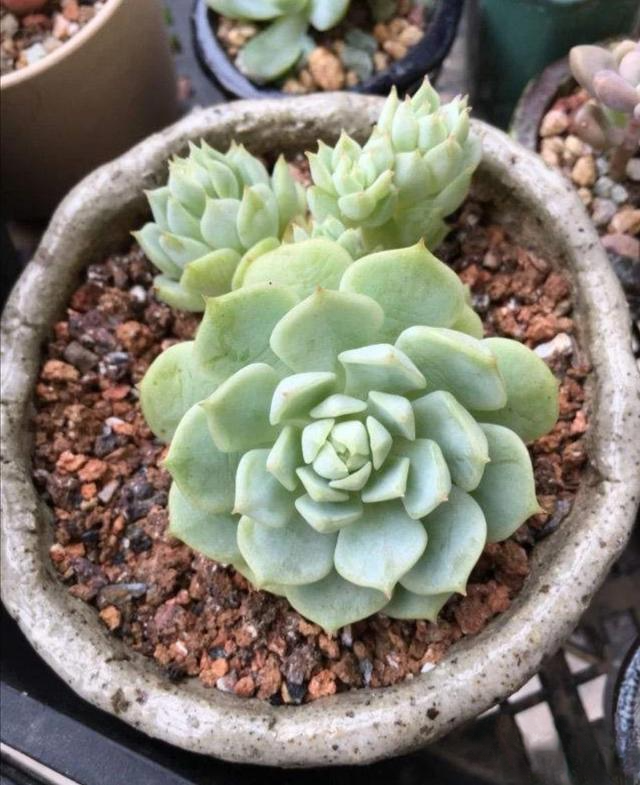
report
 Creator of Qingqi Gardening and Home Furnishing 12-09 15:27 focus on
Creator of Qingqi Gardening and Home Furnishing 12-09 15:27 focus onIn winter, many families use traditional coal for heating. When the coal burns out, only a pile of coal slag is left. Many people may just take it out and throw it away. In fact, it is a "magic weapon" for growing flowers.
Why do I say that? This is because coal slag has multiple functions for growing flowers. It can not only supplement trace elements and various nutrients for flowers and plants to make them grow better, but also loosen the soil and enhance water permeability and air permeability, so that plants are less likely to rot and make them healthier.
So how to use it specifically? First, you need to collect some coal slag. If you have it at home, just put it in a bag for later use. If you don’t have it, you can also go to your neighbors’ or friends’ homes to get some to use, or you can pick some up from trash cans and streets.
For our love of flowers, it is not shameful to go out and pick up some things. On the contrary, it is an environmentally friendly behavior of waste utilization, which is worth being proud of.
After preparing the cinders, use a hammer or other heavy objects to break them into pieces, and arrange their use in flower cultivation according to their size. The largest pieces can be used to pad the bottom of the pot. If there is often a lack of soil when growing flowers, you can put a layer of large particles of cinders at the bottom of the pot, which can not only save soil, but also increase water permeability and air permeability.
Slightly smaller coal slag, about the size of soybeans, can be used directly to plant flowers, such as succulents, orchids, spider plants, etc., and can be planted directly.
Finer coal slag can be mixed into the soil for planting flowers. It can improve the soil and increase its water retention capacity. If you directly cover the surface of the pot in winter, it can also keep warm and prevent frost damage, which can be said to kill two birds with one stone.
Have you learned all the methods of growing flowers with coal slag? If you have coal slag at home, try it now.
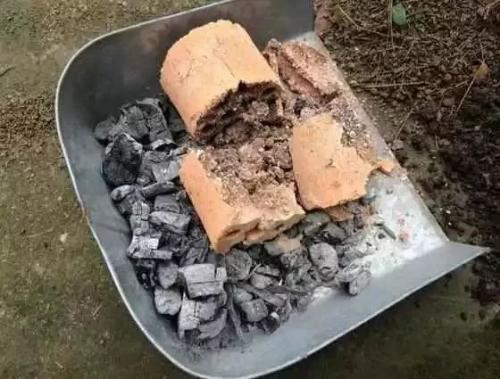
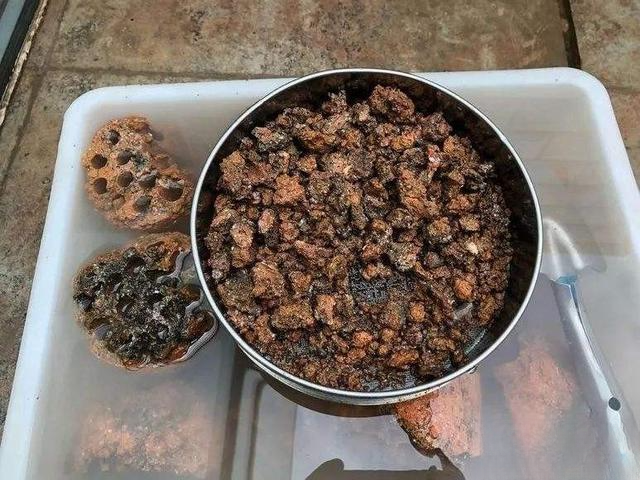
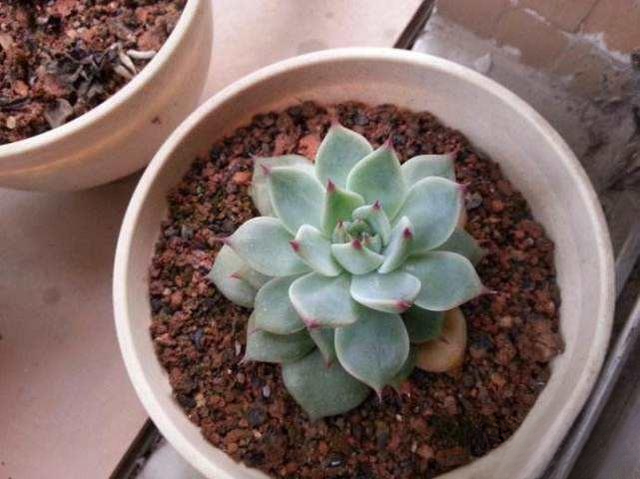
report
 Li Sishui Jiahe County Coal Bureau Safety Supervisor 01-31 21:54 focus on
Li Sishui Jiahe County Coal Bureau Safety Supervisor 01-31 21:54 focus onFirst, let the wind and rain blow it, then crush it, but that's not enough, you have to add ingredients, soak it with urine, ferment it with kitchen waste, and after a while, remove the fire property, add some other residues, such as plant ash and peat soil, and also add some garden soil to retain water. Finally, plant flowers, and the flowers will flourish! Oh my goodness!